Advertisement
Artificial intelligence is no longer a buzzword in the developer community—it’s a growing reality that’s starting to reshape how developers plan, code, debug, and deploy software. From intelligent code suggestions to auto-documentation and error resolution, AI tools are being woven into modern development workflows.
This shift raises a vital question: how do developers actually feel about AI’s role in their daily work? While some welcome AI as a productivity booster, others are cautious, considering the implications for creativity, autonomy, and long-term job roles. The rise of tools like GitHub Copilot, ChatGPT, and other AI-powered platforms has sparked both enthusiasm and concern.
This post explores how developers perceive the growing presence of AI in their workflow, what changes they anticipate, and how the role of a programmer may evolve as machine intelligence becomes more involved in the code development process.
Most developers don’t view AI as a threat to their jobs. Instead, they see it as a powerful assistant that enhances productivity by taking over repetitive or time-consuming tasks. The consensus in many developer communities is that AI can help generate boilerplate code, suggest efficient alternatives, and flag syntax errors before they become issues.
By offloading these minor tasks, developers free up time for architecture planning, system design, and complex problem-solving. Rather than replacing human judgment, AI becomes a second set of eyes—one that works around the clock and doesn’t get tired.
The perception of AI as a copilot rather than a competitor is becoming more widespread. Developers appreciate the efficiency gains but remain aware that their core skills—logic, abstraction, and strategic thinking—still play a central role in software development.
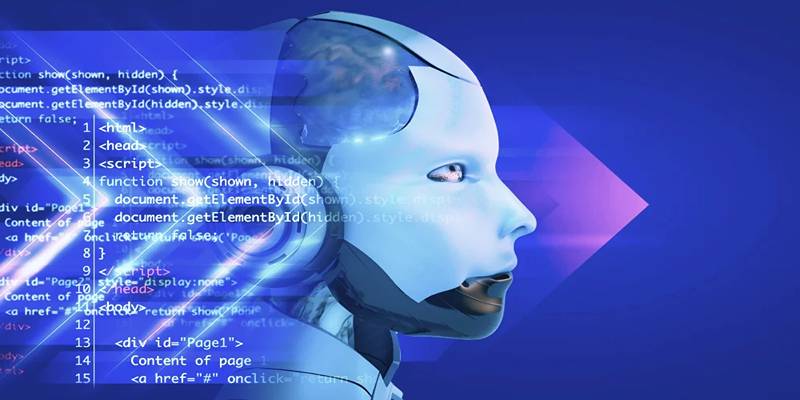
AI-generated code is one of the most discussed features in development circles. Tools powered by large language models can now generate entire functions or modules based on short prompts. This capability has been welcomed by many developers, especially when they need to prototype quickly or overcome writer’s block during implementation.
However, there’s still a healthy amount of skepticism. Developers remain cautious about blindly copying and pasting AI-generated code. Many agree that while AI can assist in writing code, it still requires human oversight to ensure readability, maintainability, and alignment with project standards.
AI also struggles in edge cases, particularly in domain-specific logic or systems with unique architectural needs. In such cases, developers must rely on their expertise to guide or correct the AI’s suggestions.
Two areas where developers are especially optimistic about AI’s impact are documentation and debugging. Documentation has long been considered a tedious part of the job. Many developers feel AI can now take the first stab at creating comments, docstrings, or even entire markdown files that explain how a codebase functions.
It not only saves time but also promotes better practices across teams. With AI capable of generating consistent, clear documentation, collaboration becomes easier—especially for remote or distributed teams.
Debugging is another area where developers are seeing value. AI-powered tools can identify potential bugs, suggest fixes, and even explain what went wrong in natural language. It transforms the debugging process from a frustrating chore into a more guided experience.
As AI tools become more sophisticated, developers are thinking about how to keep their skills relevant. Many believe that the ability to write complex algorithms by hand will become less important. At the same time, higher-level skills like system design, architectural thinking, and cross-functional collaboration will grow in importance.
Rather than fearing AI, forward-thinking developers are using it as a learning companion. New coders can explore solutions, get instant code explanations, and receive structured feedback—all powered by AI. Mid-level and senior developers are using it to stay current with unfamiliar languages, frameworks, or APIs.
This trend signals a shift from rote memorization toward strategic learning. Developers are adapting by improving their critical thinking, refining their ability to evaluate AI outputs, and focusing on parts of development where human creativity still holds an edge.
Despite the excitement, developers remain mindful of potential risks. One major concern is over-reliance. If developers begin trusting AI outputs without critical evaluation, there’s a risk that poor-quality or insecure code could make it into production.
Some worry that junior developers may become too dependent on AI for answers and miss out on learning fundamental principles. Others point out that code suggestions generated by AI may sometimes lack context, violate best practices, or conflict with long-term scalability goals.
There’s also the issue of explainability. AI-generated code might solve a problem efficiently, but if developers don’t understand why it works, maintaining or debugging it later can become problematic.

AI tools are not just changing how individuals work; they’re also shifting how teams collaborate. With AI providing rapid feedback, generating documentation, or even suggesting architecture patterns, developers may find themselves spending less time in long sync meetings or lengthy code reviews.
This evolution could give rise to more asynchronous work cultures where each developer receives AI support in real time and uses human input only when necessary. Team leads may shift their focus from managing people to curating workflows, tools, and policies that integrate AI into the team’s development lifecycle.
This shift doesn’t mean human interaction will disappear. In fact, developers still value peer review, brainstorming, and mentorship. However, AI’s presence in the workflow will likely influence when and how these interactions occur, making collaboration more targeted and less disruptive.
AI is no longer on the sidelines—it’s already shaping how software gets built. Developers understand this and are adjusting their workflows, mindsets, and skills accordingly. While they recognize the risks of dependency and output quality, they also see tremendous potential to enhance productivity and elevate the coding experience. The sentiment among most developers is not one of fear but of curiosity and cautious optimism. AI is seen as a tool, not a replacement.
Advertisement
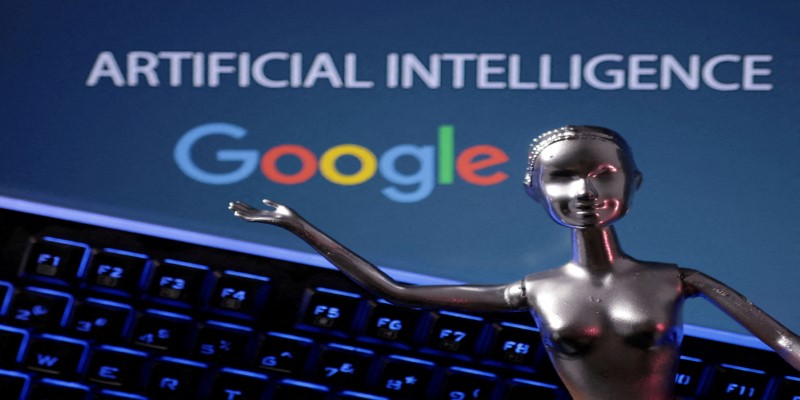
Google has updated its stance on AI-generated content. Learn how to navigate Google’s new policies, avoid penalties, and create high-quality content that meets search engine standards.

The industrial robotics market is projected to reach $291 billion by 2035, driven by advances in technology, factory automation, and rising global demand for smarter production systems
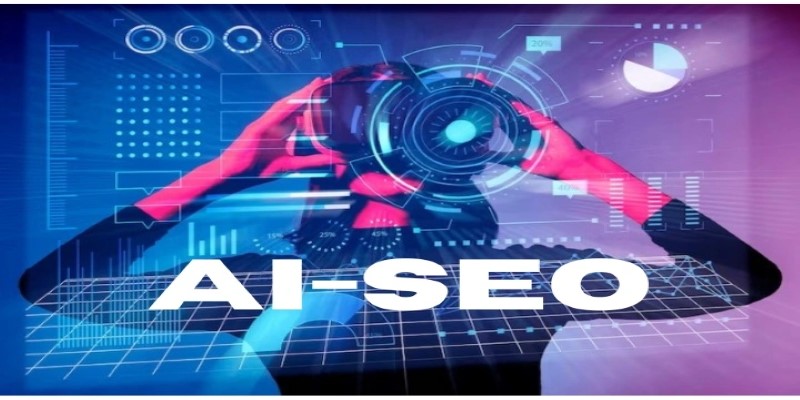
Looking to boost your SEO in WordPress? Discover 10 AI-powered tools and strategies to improve your content, keyword research, image optimization, and more in 2025.
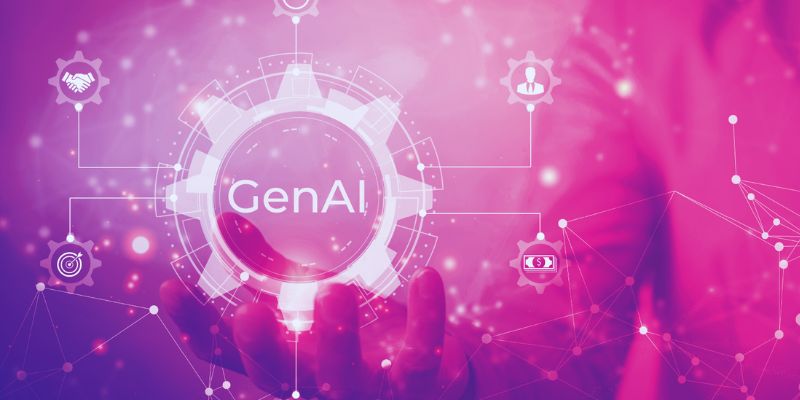
ROI, task performance, fidelity, personality, safety, accuracy, and inference speed are the most important GenAI value metrics
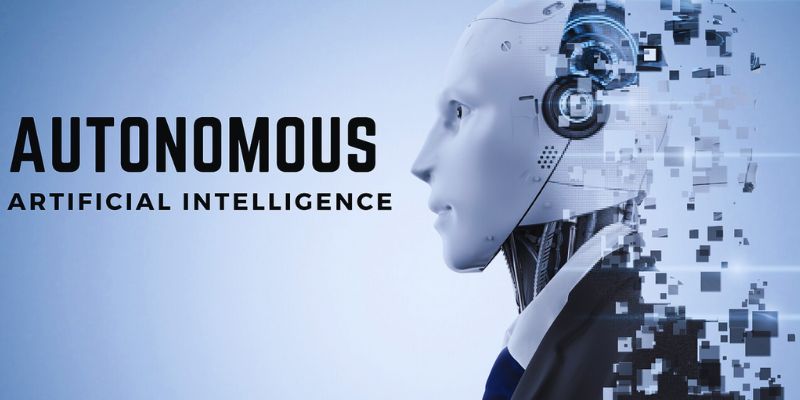
Autonomous AI is shaping the future due to its efficiency, cost-effectiveness, improved customer interactions, and strong memory
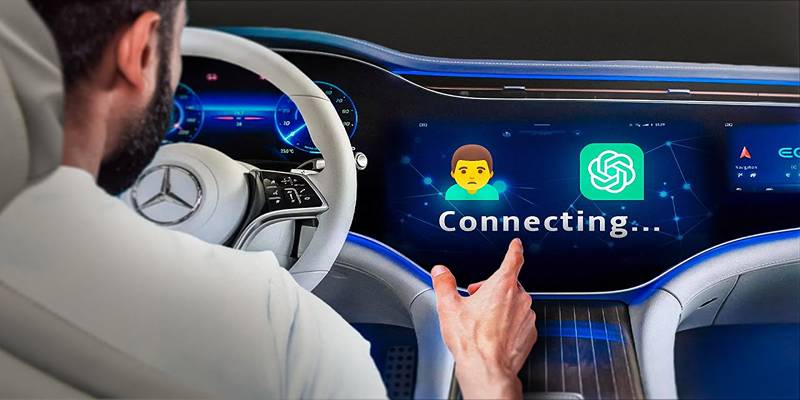
Compare Claude and ChatGPT on task handling, speed, features, and integration to find the best AI for daily use.
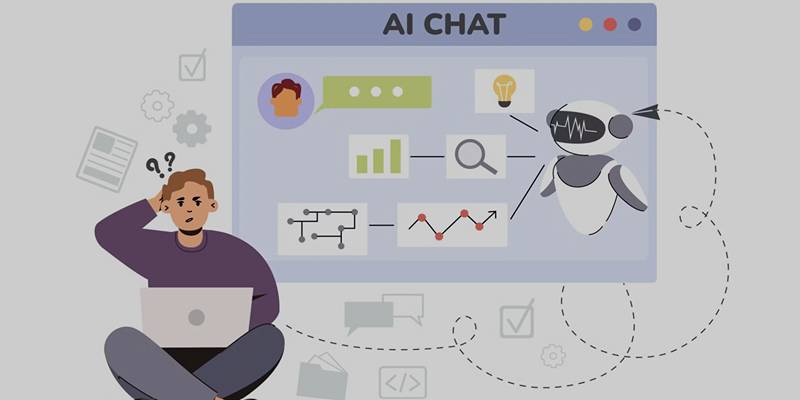
Explore the growing popularity of AI chatbots and their role in delivering faster, smarter support to users everywhere.

Discover the top features of the ChatGPT iOS app, including chat sync, voice input, and seamless mobile access.
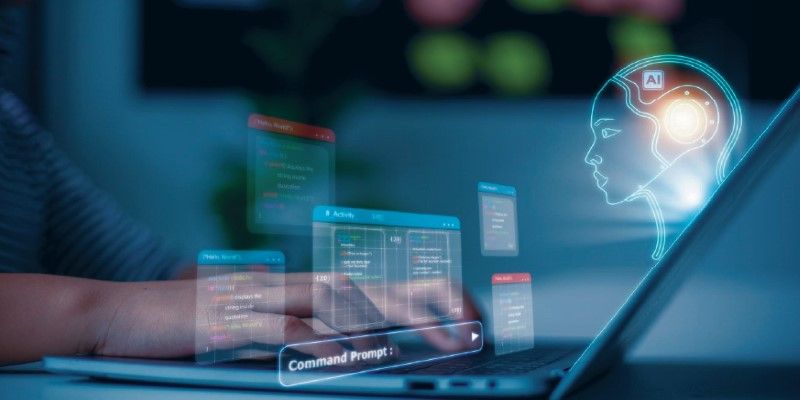
Looking to improve your ChatGPT prompts? Discover 10 free resources to master prompt engineering and get better, more accurate responses from AI in 2025
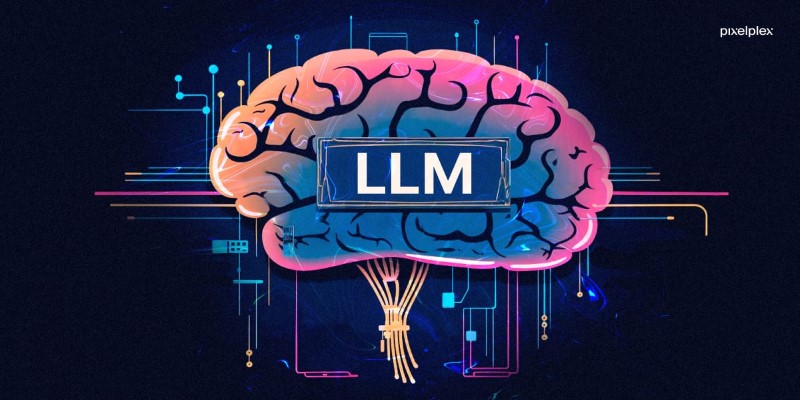
How are large language models (LLMs) transforming daily life? From customer service to content creation and legal research, discover 12 real-world uses of LLMs that improve efficiency
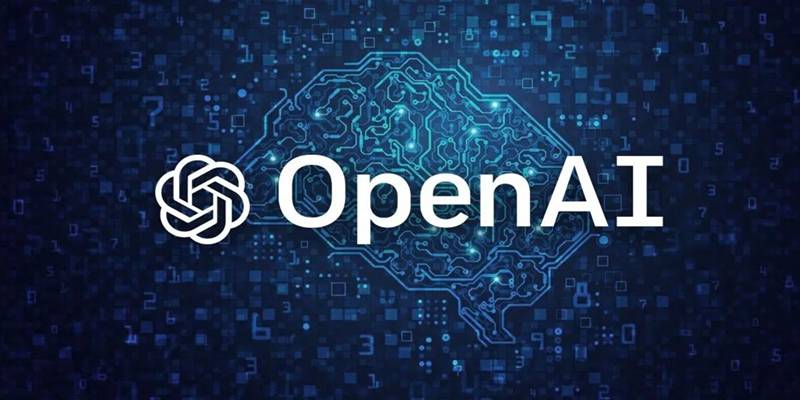
Explore OpenAI’s technologies, ethical AI practices, and their impact on education, innovation, and global AI development.

Need AI built for healthcare, not general use? Aloe offers focused, open medical language models designed for clinical tasks, documentation, research, and patient support